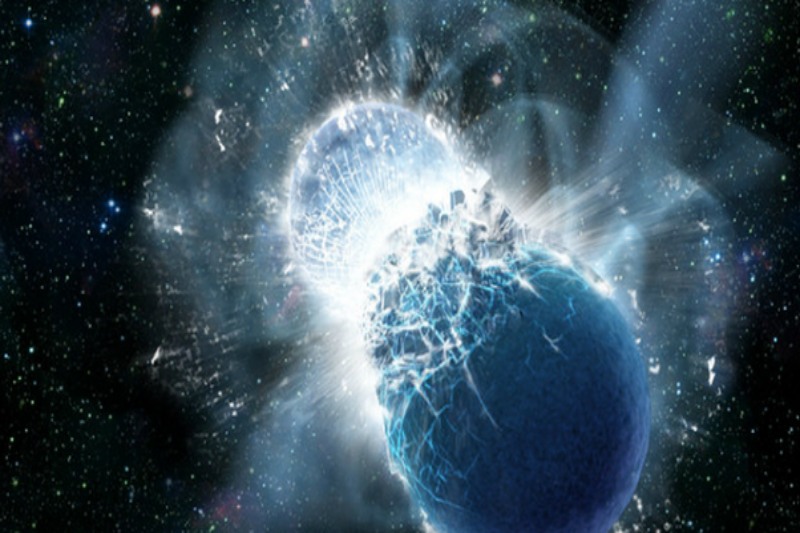The ability of stars to create elements far heavier than anything that has ever been discovered naturally existing on Earth, or anywhere in the larger Universe, must have existed from the very beginning of time.
That’s the inference made by an astronomical team led by Ian Roederer of the University of Michigan after studying 42 Milky Way stars, whose chemical abundances can only be explained by the synthesis of elements with atomic weights larger than 260 in the past.
Almost everything heavier than hydrogen, or the majority of the elements in the universe, was produced by stars. Fusion is the first process used to generate them. A star’s core is essentially an engine that combines atoms to form heavier elements.
Iron is the heaviest element that can be produced by this technique. When iron fuses into heavier elements, it needs far more energy than it produces, and the star eventually self-destructs.
There’s another method related to such self-destruction. The rapid neutron-capture process, or r-process, can occur in supernova explosions when a star explodes and kilonova explosions when two neutron stars collide.
This is the process by which a large number of free neutrons schloop onto accessible nuclei to generate a heavier element. For it to occur, a supernova or other extremely intense and energetic environment is required.
‘Rapid’ comes from the fact that it happens very quickly. It has been established that this is the process that yields elements such as uranium, thorium, platinum, and gold. However, there’s still a lot we don’t understand concerning the formation of elements.
“We have a general idea of how the r-process works, but the conditions of the process are quite extreme,” Roederer says.
It is unclear how many different types of sites in the universe can produce the r-process, how long it takes for the r-process to end, and how many neutrons can be added, among other unanswered concerns.
Or, to what extent can an element be heavy? In order to begin to address some of these issues, therefore made the decision to examine elements that could be created through fission in a few carefully examined ancient stars.”
Nuclear fission is another way that we know elements can arise. This is the process where an atom separates into smaller elements instead of joining together.
The 42 Milky Way stars that Roederer and his team examined have well-established chemical compositions that have been well investigated.
Hydrogen makes up the majority of the first stars in the universe. After forming elements in their cores and dying, they left behind elements that were absorbed by stars in later generations.
It is known that elements created by the r-process during supernova explosions are present in the stars the research team examined.
However, the researchers did not have r-process elements in mind. They were searching for elements like silver, ruthenium, rhodium, and palladium that might be fission products. Additionally, the researchers studied the stars collectively rather than focusing on each one as is customary.
They discovered a pattern. If the metals the team examined were made using the r-process, then the presence of specific additional elements is anticipated in specific abundance ratios. There were no such ratios. The scientists came to the conclusion that this shows the components in question were created through fission.
This indicates that the atoms that gave rise to these metals must have been much heavier—they had to have been more than 260 atomic masses—and then they had to split apart to generate lighter, more stable elements.
They have never seen those components existing naturally in any place. They degrade almost immediately because their half-lives are so short, as we have shown in the lab.
On the other hand, the study indicates that searching for their possible fission products may provide information on the likelihood or frequency of their development in the larger Universe.
“That 260 is interesting because we haven’t previously detected anything that heavy in space or naturally on Earth, even in nuclear weapon tests,” Roederer explains.
“But seeing them in space gives us guidance for how to think about models and fission – and could give us insight into how the rich diversity of elements came to be.”





